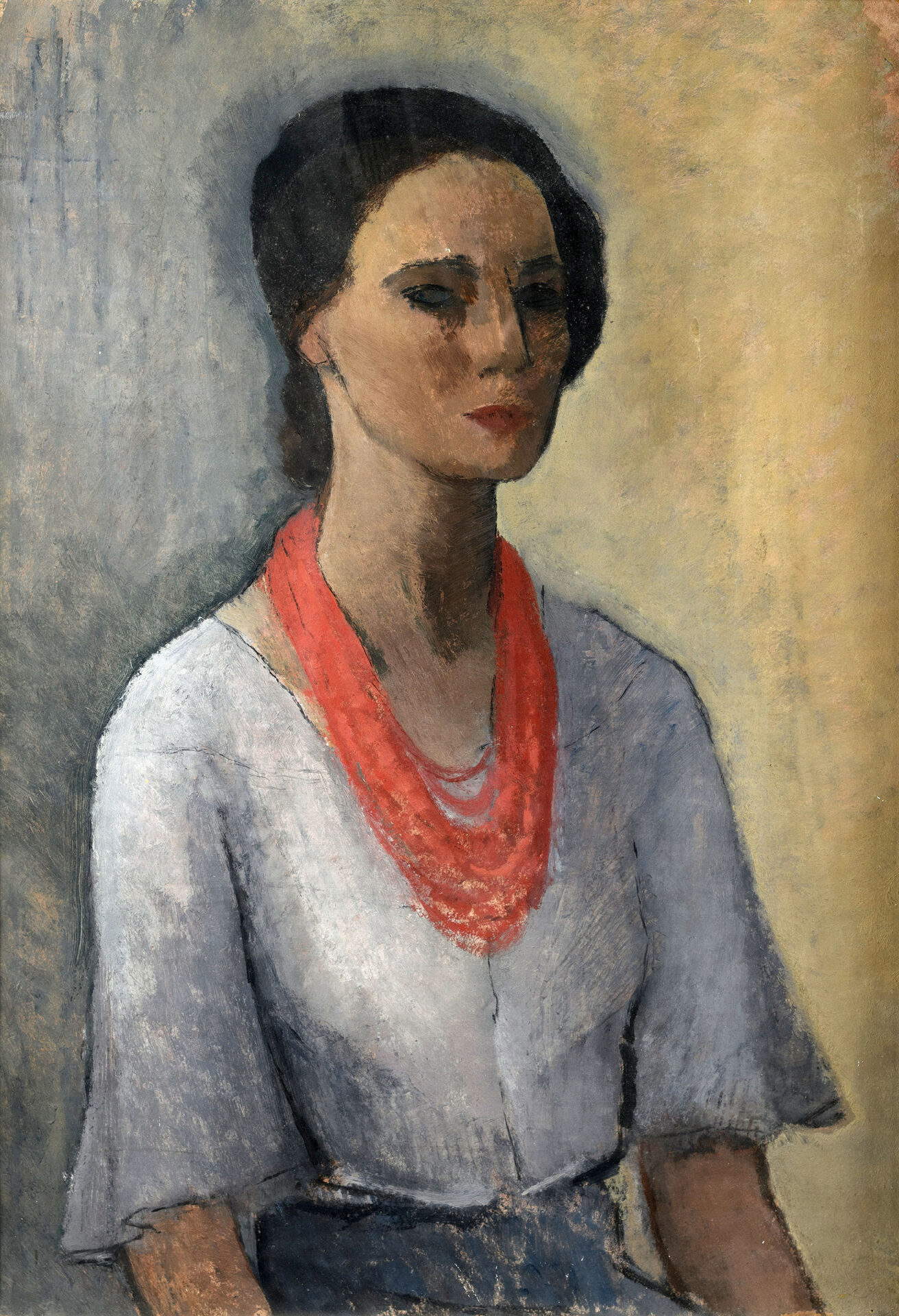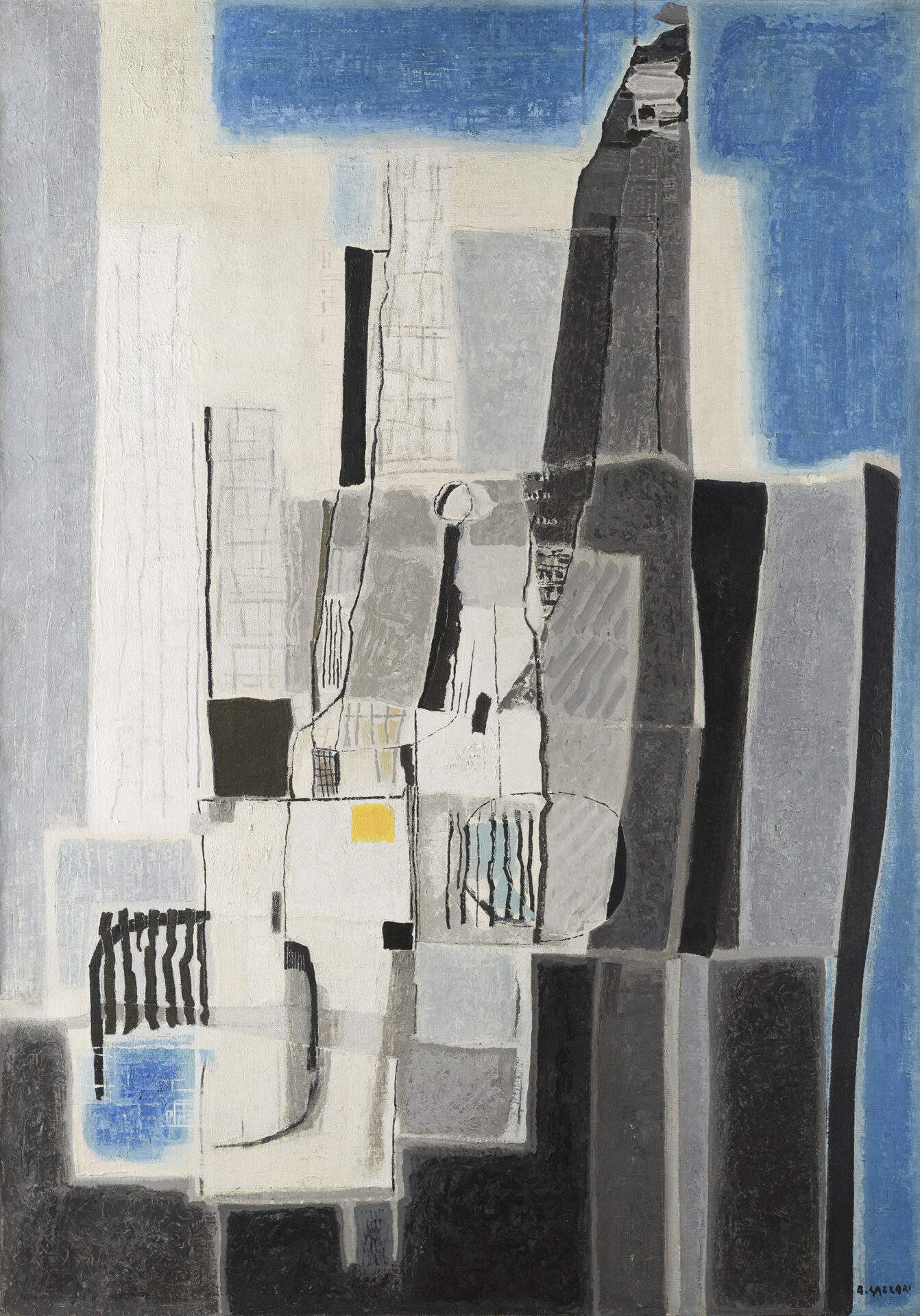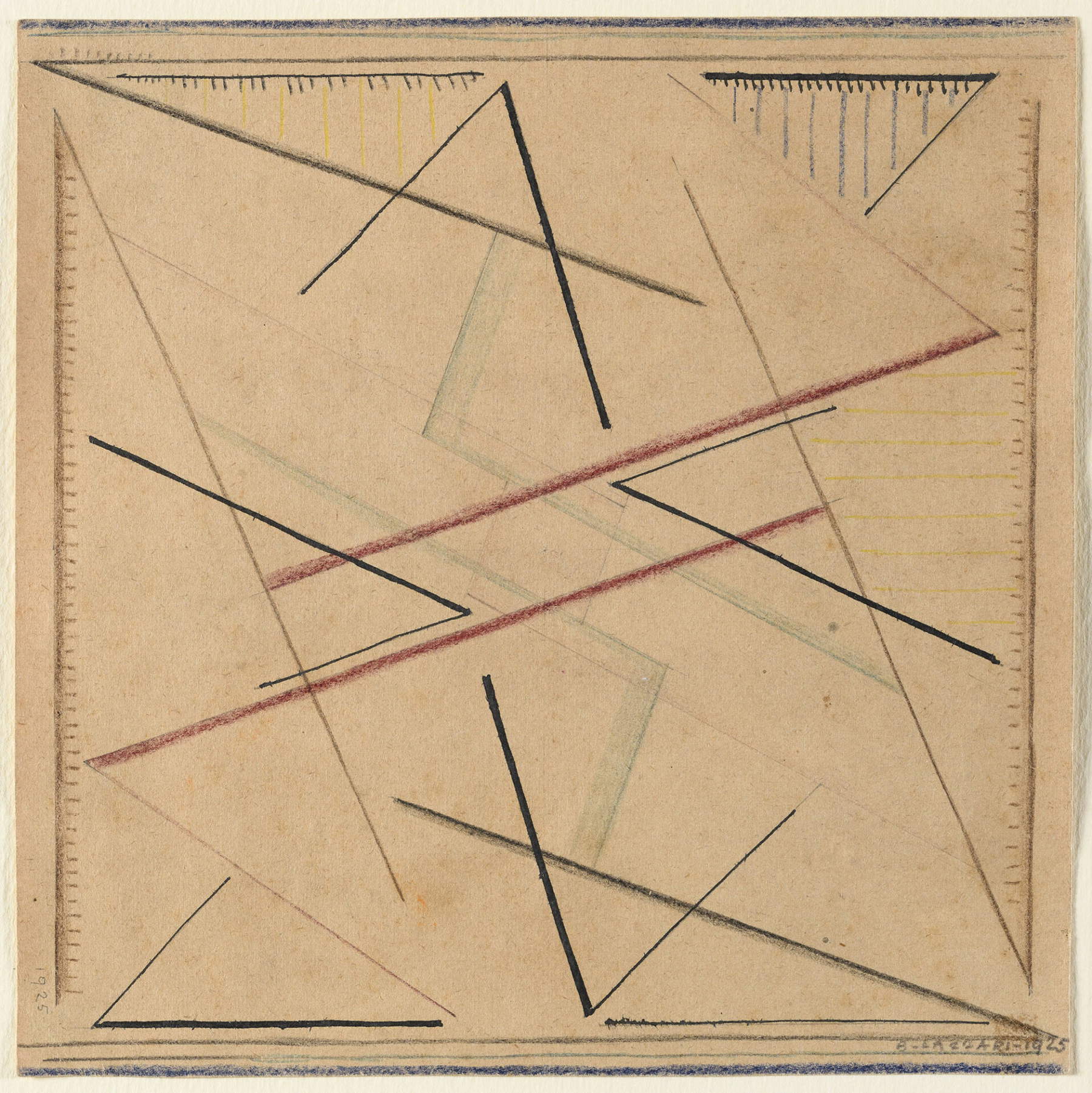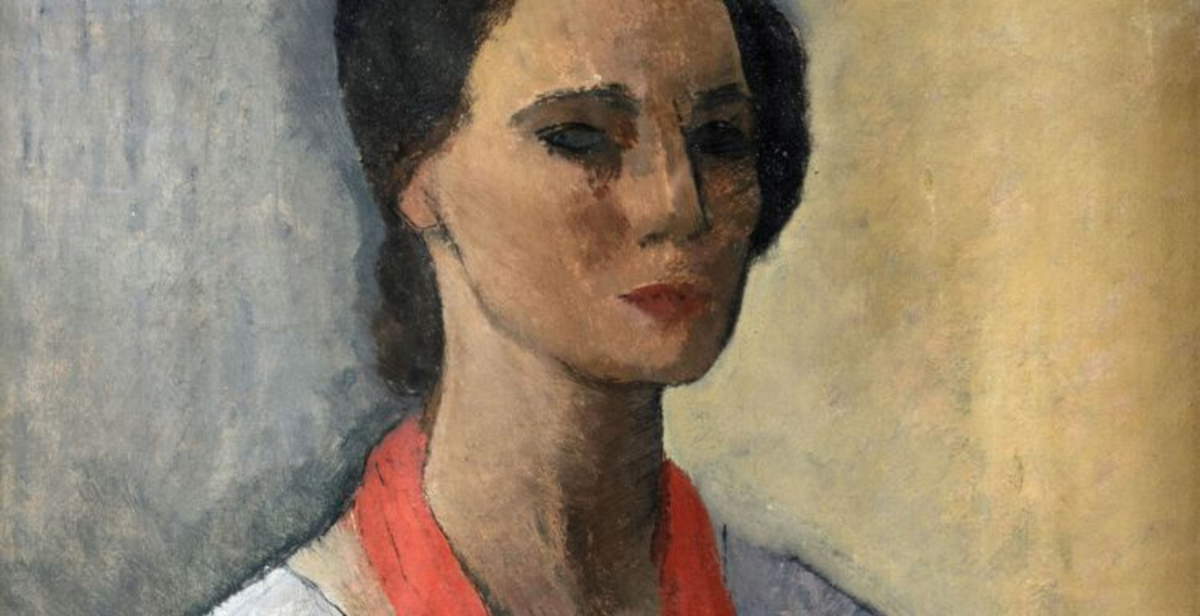From Oct. 16, 2025 to Jan. 7, 2026, Milan will host at Palazzo Citterio Bice Lazzari. The Languages of Her Time, the first major Italian retrospective dedicated to Bice Lazzari (Venice, 1900 - Rome, 1981). The exhibition features more than 110 works from national and international museums, institutions and collections, including the National Gallery of Modern and Contemporary Art in Rome, Ca’ Pesaro-International Gallery of Modern Art in Venice, Yale University, The Phillips Collection in Washington, D.C, the Salomon R. Guggenheim Museum in New York and the National Museum of Women in the Arts in Washington, D.C. Curated by Renato Miracco in collaboration with theArchivio Bice Lazzari in Rome and GNAMC, with technical support from MAG and installation design by Francesco Librizzi Studio, the exhibition addresses the entire span of the Venetian artist’s career, highlighting a creative path that spans more than four decades of Italian art history. The catalog is published by Allemandi.
The selection of works covers all the main phases of Lazzari’s production, from the achievements of applied art in the 1930s and 1940s, to the wall decorations and fabric designs commissioned by Gio Ponti, to the works executed for the motorship Raffaello. The evolution of her research culminates in her final period, characterized by a rigorous minimalism that highlights the consistency of a singular visual language developed throughout her career. Bice Lazzari played a significant role in the history of twentieth-century Italian art and in the international connections of the period. Her work has been recognized internationally with exhibitions such as the solo show Bice Lazzari, the Poetry of Mark Making at the Phillips Collection in Washington D.C. in 2021, the anthological Bice Lazzari Modernist Pioneer at the Estorick Collection in London in 2022, and participation in the Women in Abstraction exhibition at the Centre Pompidou in Paris. The artist was also the only woman included in the 2003 exhibition Kandinsky and the Abstract Adventure organized by the Peggy Guggenheim Collection in Venice.


The Milan retrospective thus allows us to follow the evolution of Lazzari’s stylistic signature, characterized by an original and consistent use of color and the construction of an immediately recognizable visual alphabet. The works show how the artist developed a visual system that establishes a relationship between image and narrative structure of the painting, moving away from rigid and socially codified forms. The creation of the sign, combined with the use of color, gives rise to a relaxed and open vision, in which the artist’s aesthetic and conceptual research remains constant and consistent throughout the production. The study of Lazzari’s works makes it possible to situate his research within the main movements and trends of 20th-century European art. Among the references, it is possible to identify links with Venetian Spatialism and with the reflection on the relationship between painting and music, analyzed by scholars such as Mirella Bentivoglio.
The artist interacted with critics and historians such as Emilio Villa, Giulio Carlo Argan, Enrico Crispolti, Filiberto Menna, Lea Vergine, Simona Weller and Guido Montana, contributing to a more articulate and interdisciplinary reading of Italian abstract painting. An important aspect of Lazzari’s research concerns her role as a woman artist in a context dominated by male figures. As Simona Weller points out, Bice’s feminism, although not explicitly stated, manifests itself in her daily practice, constancy of work and artistic research. Lea Vergine had already highlighted the importance of this approach in the exhibition The Other Half of the Avant-Garde. 1910-1940, women painters and sculptors in thehistorical avant-gardemovements. Lazzari, through her own production, becomes a reference to value women artists who worked in the field of abstraction during periods of intense female creative activity in Italy between 1969 and 1980.

The exhibition at Palazzo Citterio thus offers a comprehensive reading of Lazzari’s career, allowing us to observe the continuity and innovations present in her works, from her first interest in applied art, through her experiments with color and sign, to the definition of a recognizable minimalism. The works document a constant dialogue with contemporary European art, while maintaining a personal imprint that distinguishes the artist’s path.
Bice Lazzari was a major figure of the twentieth century, an independent and modern artist for her time. She devoted her entire life to art, establishing herself in a field then considered unsuitable for women. In 1916 she began courses in decoration at the Accademia di Belle Arti in Venice, as she was denied access to painting courses because of nude classes, which were considered unsuitable for a young woman from a good family. From her youth she worked in the field of applied art, collaborating with prominent architects in the 1930s and 1940s, and distinguished herself as a forerunner of conceptual and contemporary abstract painting. Her oeuvre includes more than three thousand works on canvas and paper, ranging from youthful figurative to the informal experiments of the 1950s and 1960s, to the geometric abstraction that characterized her work from the 1960s to the early 1980s.
 |
| Bice Lazzari, Milan's Palazzo Citterio hosts first major Italian retrospective |
Warning: the translation into English of the original Italian article was created using automatic tools. We undertake to review all articles, but we do not guarantee the total absence of inaccuracies in the translation due to the program. You can find the original by clicking on the ITA button. If you find any mistake,please contact us.